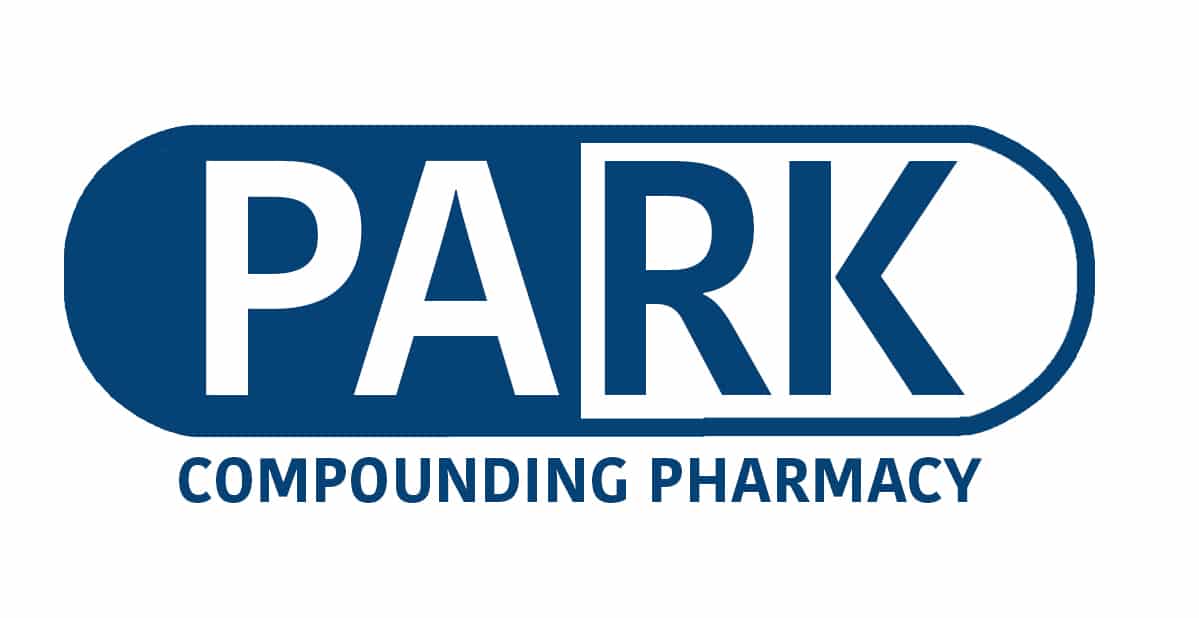In studies of anesthesia prior to laryngoscopy, tetracaine or dyclonine solutions are consistently shown to be the most effective topical anesthetics. Laryngoscopy is an examination of the back of your throat including your larynx (your voice box). There are a few different methods of examining this area and topical anesthesia is necessary for most of them, with general anesthesia used for direct laryngoscopy. The options for commercially available anesthetic solutions are actually limited however. A compounding pharmacy can make a variety of topical anesthetic solutions in different strengths and combinations.
When is Laryngoscopy Needed?
Any condition affecting the throat and voice box may require closer examination. This may be prolonged problems like coughing and a sore throat that are not resolving. Or it could be related to other respiratory problems, ear pain, or throat pain. Certain types of laryngoscopy may be used to obtain a biopsy or remove an obstruction. There are also different methods of conducting a laryngoscopy – some are more invasive than others. It is possible to perform a flexible laryngoscopy through the nasal passages or directly into the throat. In any case, topical anesthetic is usually used and is necessary for most invasive examinations of the throat. For direct laryngoscopy, general anesthesia is used.
Studies of Topical Anesthetics for Laryngoscopy
Tetracaine is the standard topical anesthetic used for awake intubation in many healthcare facilities although other anesthetics are also used. It is also commonly used for various types of laryngoscopy. Dyclonine has been shown to be superior in some studies compared to tetracaine. The topical anesthetic makes the procedure more comfortable but is also essential for preventing a gagging or coughing reflex.
In a cross-over study of topical anesthetic used for transoral rigid laryngoscopy, it was found that topical tetracaine solution provided a more comfortable procedure than either tetracaine gel or lidocaine gel. Each product was applied 10 minutes before the laryngoscopy. The visual analogue scale was used to assess patient discomfort with the procedure.
In another study on transnasal fiber-optic laryngoscopy, tetracaine and lidocaine were compared. One group was given tetracaine 2% and the other was given lidocaine 10%. This study included 48 patients, and the results showed that the group that was given tetracaine had significantly lower discomfort scores. In addition, tetracaine did not produce any adverse effects.
Other studies have shown that dyclonine rinse is the superior topical anesthetic for oropharyngeal procedures. In a study of 932 patients, the participants were randomized into either a dyclonine group or tetracaine group. The procedure being studied was electronic flexible laryngoscopy (EFL). Researchers concluded that one dose of dyclonine was more effective than three doses of tetracaine based on scores from patients and doctors. This was especially true in procedures that were longer than 100 seconds in duration.
Compounded Tetracaine Solutions
Tetracaine solution can be made by a compounding pharmacy on its own or combined with other ingredients. For example some doctors will use a topical anesthetic combined with a vasoconstrictor like phenylephrine or oxymetazoline. Typically tetracaine solution is compounded in strengths from 2% to 6%. Dyclonine solution in 1% strength can also be compounded.
Articles
Cross-over study of topical anaesthesia with tetracaine solution for transoral rigid laryngoscopy – Cambridge University Press
Lidocaine spray vs tetracaine solution for transnasal fiber-optic laryngoscopy – American Journal of Otolaryngology
Improving mucosal anesthesia for awake endotracheal intubation with a novel method: a prospective, assessor-blinded, randomized controlled trial – BMC Anesthesiology
Oral dyclonine hydrochloride mucilage versus tetracaine spray in electronic flexible laryngoscopy: A prospective, randomized controlled trial – American Journal of Otolaryngology
